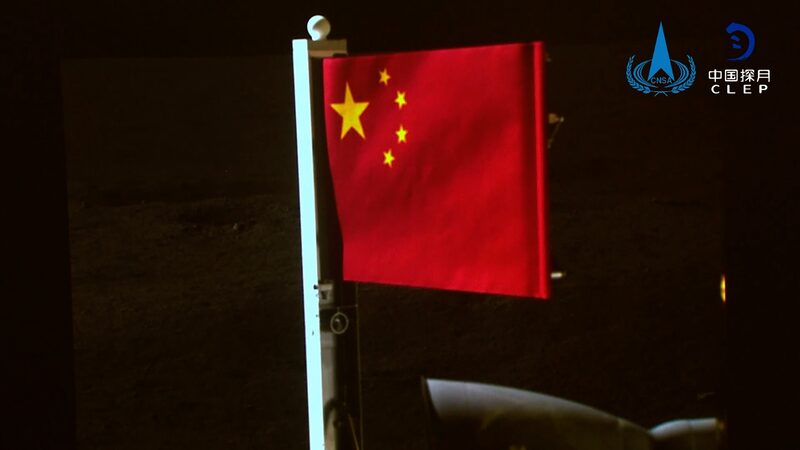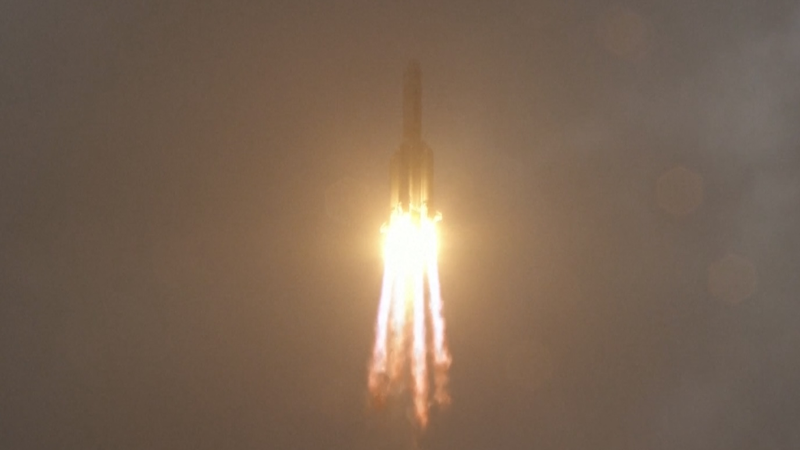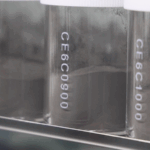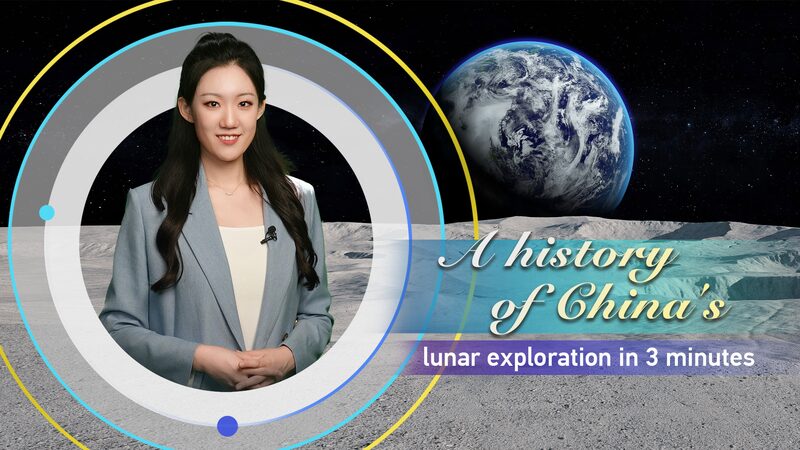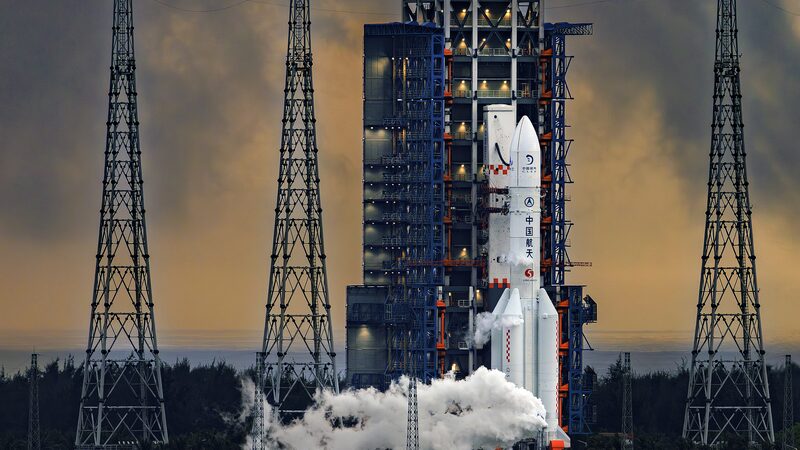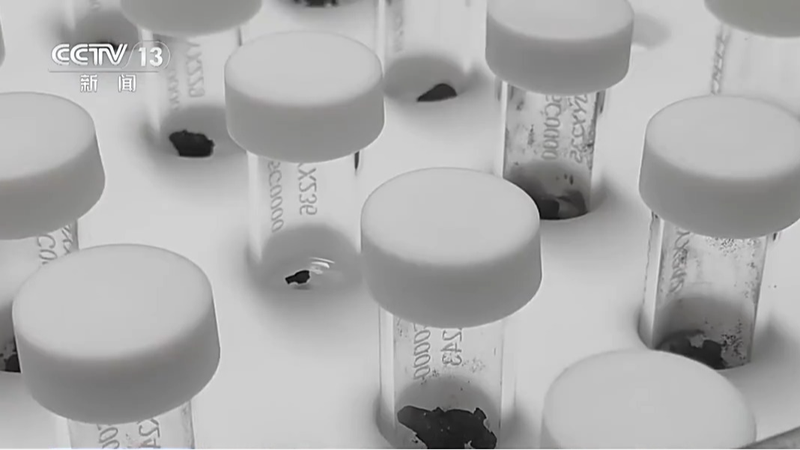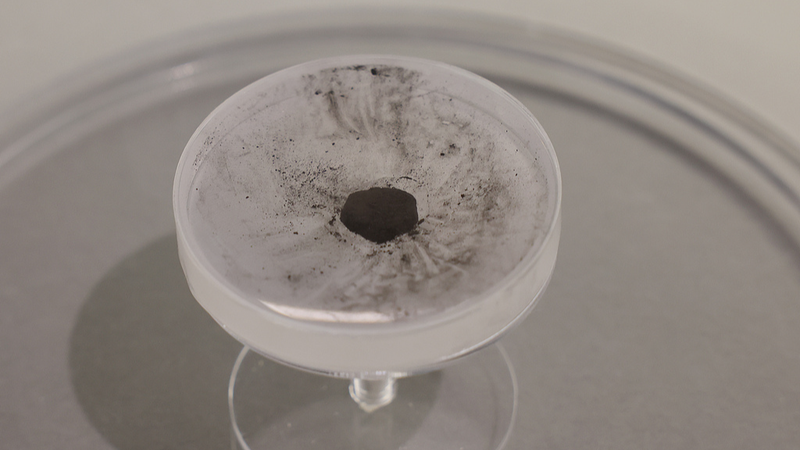A groundbreaking study published in National Science Review has directly dated the formation of the moon’s largest impact basin, the South Pole-Aitken (SPA) basin, to 4.25 billion years ago. Led by Chen Yi from the Institute of Geology and Geophysics under the Chinese Academy of Sciences, the research analyzed lunar samples returned by the Chang'e-6 mission.
The Chang'e-6 probe landed on the mare basalt area of the Apollo Basin within the SPA, a region that has endured multiple impacts and basaltic eruptions over time. Although the samples contain fragments from various periods, they provided a unique opportunity to pinpoint the formation age of the SPA basin.
Researchers examined approximately 1,600 fragments from just five grams of material, identifying 20 representative norite clasts with textures, mineralogy, and geochemistry indicative of an impact origin. By applying precise lead-lead dating techniques to zirconium-bearing minerals, the study uncovered evidence of two distinct impact events—one at 4.25 billion years and a later one at 3.87 billion years. The older materials suggest that the massive impact melt sheet produced by the SPA event crystallized during the early history of the solar system.
This direct, sample-based dating of the SPA basin not only refines the lunar cratering chronology but also provides valuable insights into the early evolution of the moon and the broader dynamics of the solar system. The Chang'e-6 mission, which launched on May 3, 2024 and returned on June 25, 2024 with nearly two kilograms of lunar material, marks a significant milestone in our quest to understand these ancient celestial processes.
Reference(s):
Chang'e-6 samples date moon's oldest impact crater to 4.25b years ago
cgtn.com

